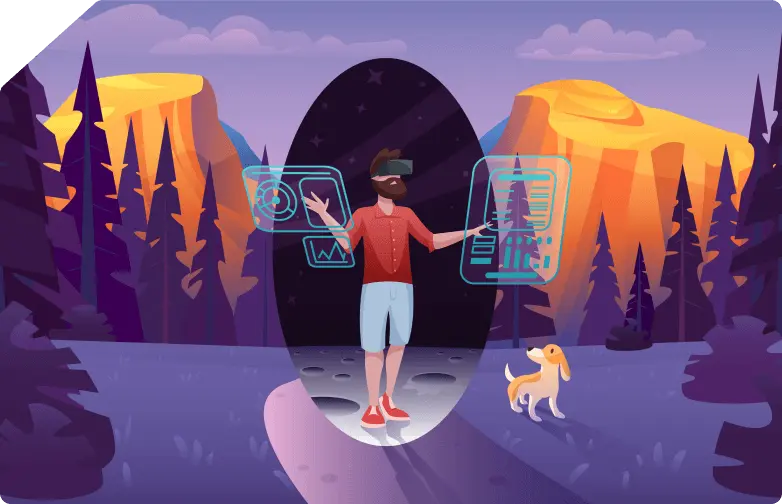The Future of Animation: Trends and Opportunities

Animation is no longer confined to movies and cartoons; it has become an integral part of industries like gaming, education, marketing, healthcare, and beyond. With advancements in technology and a surge in creative demand, the animation industry is undergoing a transformative phase. This article explores the trends redefining animation and the exciting opportunities awaiting aspiring […]

